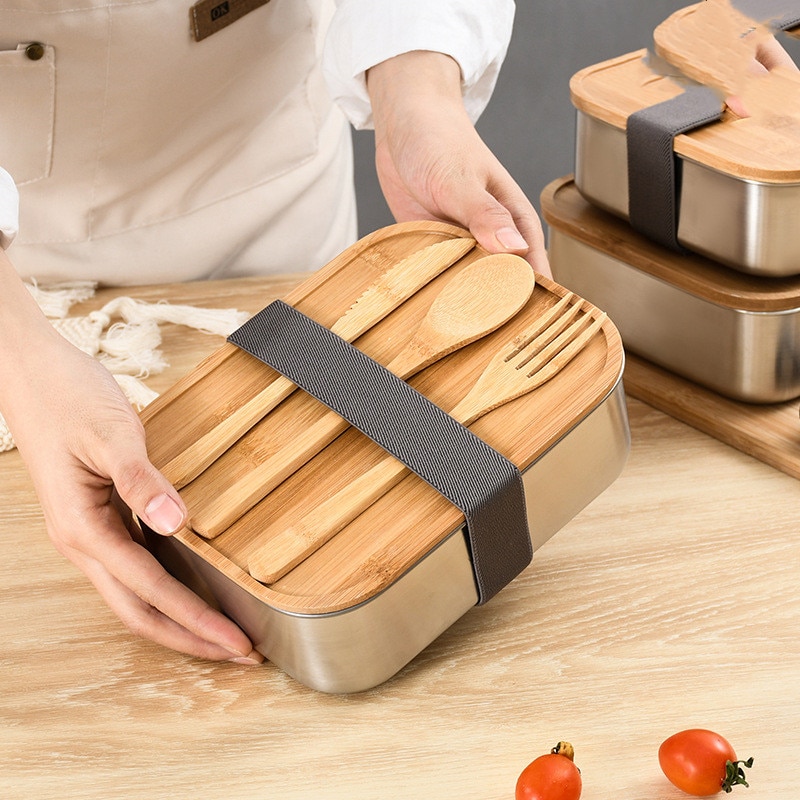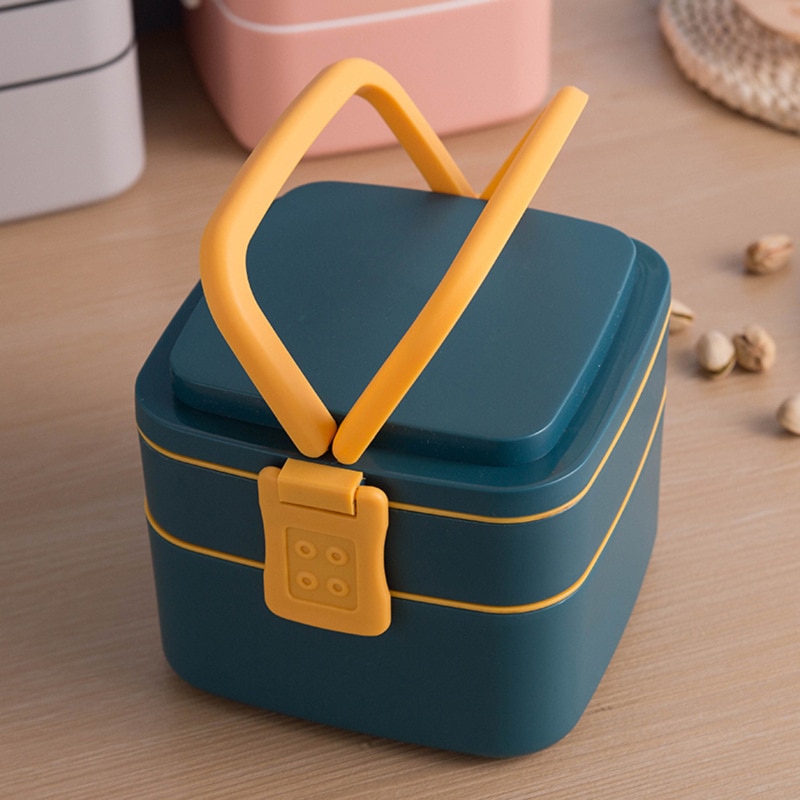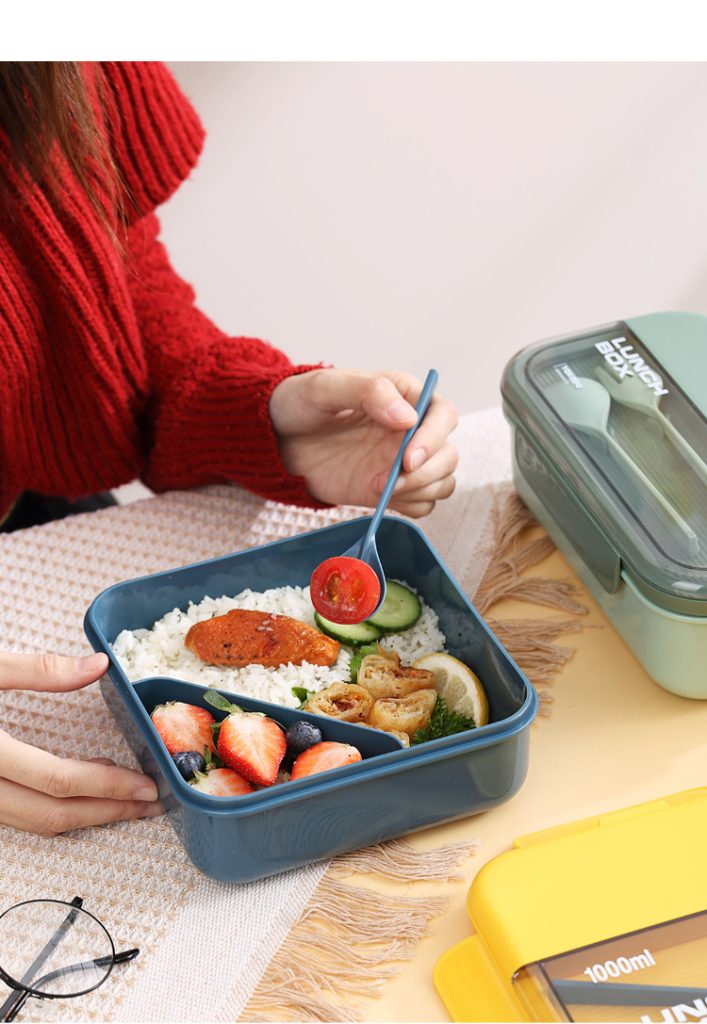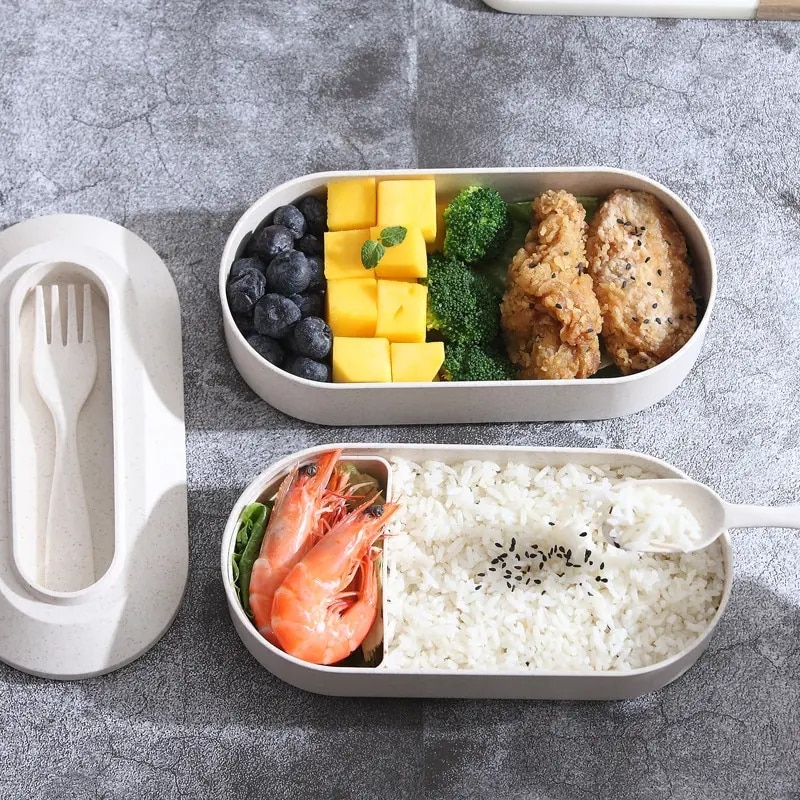When it comes to maintaining a healthy lifestyle, the food we consume plays a crucial role. Whether you’re a student, a working professional, or a parent, packing a nutritious and well-balanced lunch is essential. In this article, we will provide you with practical tips and ideas on how to pack a perfectly balanced lunch in your lunch box. From selecting the right container to incorporating a variety of food groups, we’ve got you covered. Let’s dive in!

1. The Importance of a Balanced Lunch
A balanced lunch provides the necessary nutrients and energy to sustain us throughout the day. It fuels our bodies and minds, helping us stay focused and productive. By packing a well-balanced lunch, you can avoid the temptation of unhealthy fast food or sugary snacks, making positive choices for your overall health and well-being.
2. Choose the Right Lunch Box
Selecting the right lunch box is essential to ensure the freshness and safety of your food. Look for lunch boxes that are leak-proof, insulated, and easy to clean. Bento boxes with compartments are a great option as they allow you to pack different food items without them getting mixed up. Invest in a lunch box that suits your needs and preferences.

3. Plan Your Meals in Advance
Planning your meals in advance saves time, reduces stress, and helps you make healthier choices. Take a few minutes each week to create a meal plan for your lunches. Consider incorporating a variety of food groups to ensure a balanced and nutritious meal. This way, you can shop for the necessary ingredients and prepare your lunch boxes ahead of time.
4. Include a Variety of Food Groups
A balanced lunch should include foods from different food groups to provide a wide range of nutrients. Aim to include carbohydrates, protein, healthy fats, fruits, vegetables, and dairy or dairy alternatives. This ensures that you’re getting a good mix of vitamins, minerals, fiber, and essential nutrients your body needs.

5. Incorporate Whole Grains
Whole grains are an excellent source of complex carbohydrates, fiber, and B vitamins. Opt for whole grain bread, wraps, or pasta when preparing your lunch. You can also include quinoa, brown rice, or whole wheat couscous as alternatives. These provide sustained energy and keep you feeling fuller for longer.
6. Don’t Forget About Protein
Protein is crucial for repairing and building tissues, boosting immunity, and providing a sense of fullness. Include lean meats like chicken or turkey, fish, eggs, legumes, or tofu in your lunch. Greek yogurt, cottage cheese, or nuts and seeds are also excellent sources of protein. Be creative and experiment with different protein options to keep your lunch exciting.
7. Add Colorful Fruits and Vegetables
Fruits and vegetables add color, flavor, and a variety of nutrients to your lunch. Include a rainbow of options like leafy greens, bell peppers, carrots, berries, and citrus fruits. These provide essential vitamins, minerals, and antioxidants. Cut them into bite-sized pieces for convenience and to make your lunch visually appealing.
8. Healthy Snack Options
In addition to your main meal, pack some healthy snacks to enjoy throughout the day. Opt for raw nuts, seeds, yogurt, hummus with carrot sticks, or whole grain crackers. These snacks provide additional nutrients and help curb cravings between meals.
9. Portion Control Matters
Maintaining portion control is crucial to avoid overeating or undereating. Use measuring cups or a food scale to ensure you’re packing appropriate portion sizes. A balanced lunch consists of approximately half a plate of fruits and vegetables, a quarter plate of lean protein, and a quarter plate of whole grains.
10. Hydration is Key
Staying hydrated is essential for overall health and well-being. Include a water bottle in your lunch box to ensure you’re drinking enough water throughout the day. Avoid sugary drinks and opt for plain water or unsweetened herbal tea instead.
11. Get Creative with Presentation
Make your lunch visually appealing by arranging the food in an aesthetically pleasing way. Use colorful containers or silicone cupcake liners to separate different food items. Experiment with different textures, shapes, and sizes to make your lunch visually enticing. Presentation can make your lunch more enjoyable and increase your satisfaction.

12. Time and Temperature Considerations
Pay attention to time and temperature considerations to ensure food safety. Use ice packs or a thermos to keep perishable items at a safe temperature. Don’t leave your lunch box in warm or direct sunlight for an extended period. Consume perishable foods within a safe time frame to avoid the risk of foodborne illnesses.
13. Packing Tips for Different Age Groups
The nutritional needs and preferences of individuals vary across different age groups. Consider the specific dietary requirements of children, teenagers, adults, and seniors when packing their lunches. Tailor the portion sizes and food choices accordingly to meet their needs and ensure a balanced meal.
14. Quick and Easy Lunch Ideas
Here are some quick and easy lunch ideas that you can incorporate into your meal plan:
- Turkey and avocado wrap with whole grain tortilla
- Quinoa salad with roasted vegetables and feta cheese
- Chicken stir-fry with brown rice and mixed vegetables
- Greek salad with grilled chicken or chickpeas
- Veggie-packed omelet with whole wheat toast
15. Conclusion
Packing a perfectly balanced lunch in your lunch box is a simple yet effective way to prioritize your health and well-being. By following the tips provided in this article, you can ensure that your lunches are nutritious, delicious, and satisfying. Remember to plan your meals, include a variety of food groups, and pay attention to portion sizes. With a little creativity and preparation, you can enjoy a well-balanced lunch every day
